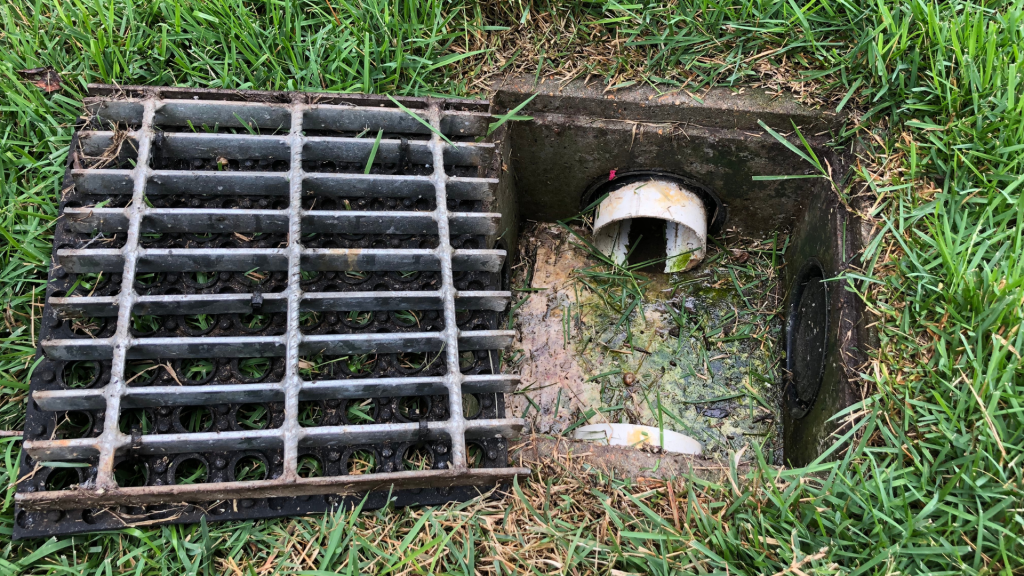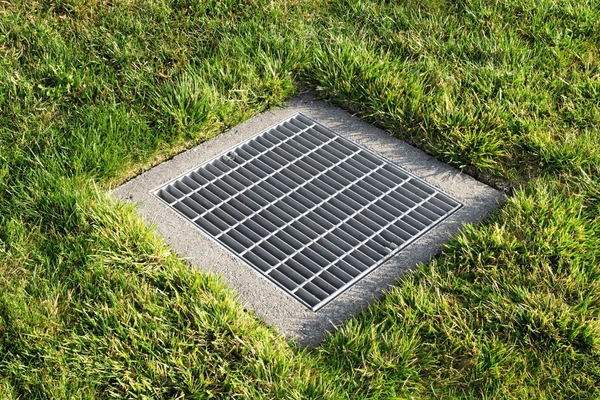What Size Catch Basin Do I Need? Pro Tips You Must See
When managing stormwater for a residential or commercial property, choosing the right size catch basin is crucial for effective drainage.
The correct size helps prevent flooding and protects your property.
In this guide, we’ll explore the factors that determine the right catch basin size, the benefits, and how to make an informed decision.
What size catch basin do I need?
The size of your catch basin depends on the volume of water it needs to handle. Consult with a drainage expert to choose the right size based on the area and water flow.
Key Takeaways
- Catch basin size depends on factors such as drainage area, expected rainfall, and local regulations.
- Correct sizing helps prevent flooding and protects your property by ensuring adequate water flow.
- A professional assessment is often required to ensure that the right catch basin size is chosen.
What is a Catch Basin and Why is Size Important?
Before we dive into determining the right size for a catch basin, let’s understand what it is and why size matters.
A catch basin is a type of stormwater drainage system designed to collect debris, sediment, and runoff from roads, parking lots, and other surfaces.
It helps prevent flooding by directing stormwater into underground drainage systems.
The size of the catch basin is crucial because it determines how much water and debris it can hold before needing to be cleared or drained.
A basin that is too small may not be able to handle the amount of runoff in your area, leading to clogged drains or flooding.
On the other hand, an oversized catch basin may lead to unnecessary expenses, such as installation and maintenance costs.
Choosing the Right Size for Your Catch Basin

Now that we’ve discussed the key factors, let’s look at how to choose the right size for your catch basin.
1. Calculate the Water Flow
One of the most important calculations in determining the right size is the flow rate—the amount of water that flows into the catch basin.
The flow rate depends on your drainage area, rainfall levels, and soil conditions.
A professional drainage engineer can help you calculate the water flow accurately, or you can use standard guidelines based on your area’s rainfall and drainage capacity.
2. Assess the Debris Load
In addition to water flow, you’ll need to consider the amount of debris that the catch basin will need to filter out.
If your area sees a lot of leaves, dirt, or trash, you may need a basin with a deeper sump or larger filtration area to accommodate the debris.
3. Consider Local Regulations
Before installing a catch basin, it’s important to consult local building codes and regulations.
Many cities and counties have guidelines on the minimum and maximum sizes of catch basins, based on environmental standards and water management needs.
Local regulations might also dictate the type of filtration system required for your area.
4. Professional Consultation
Given the technical nature of sizing a catch basin, it’s often wise to consult with a professional.
A drainage expert or engineer can evaluate your site and recommend the best size catch basin based on all the factors mentioned above.
They will also help ensure that the installation complies with local codes.
Common Sizes of Catch Basins
Catch basins come in various sizes, depending on the volume of water and debris they need to manage. The most common sizes are:
1. Small Catch Basins
Small catch basins are typically used for residential properties or small commercial areas with minimal water runoff and debris.
They typically handle up to 500 gallons of water and are suitable for areas like driveways, small parking lots, or private streets.
2. Medium Catch Basins
Medium-sized catch basins are used for moderate traffic areas, such as larger commercial properties, roads, or urban areas.
These basins typically handle between 500 and 1,500 gallons of water.
They are ideal for medium-sized parking lots, commercial buildings, or residential areas with higher runoff.
3. Large Catch Basins
Large catch basins are designed for high-traffic areas or locations with significant water flow.
These are used in places like highways, large industrial complexes, or areas with frequent storms.
They can handle thousands of gallons of water and often feature advanced filtration systems to deal with debris and sediment.
Maintenance Tips for Catch Basins

Once you’ve installed the right-sized catch basin, maintaining it is crucial to ensure it functions properly over time. Here are a few maintenance tips:
1. Regular Inspections
Inspect your catch basin regularly, especially after heavy rainstorms, to check for any signs of clogging. Look for any debris around the grate or inside the basin that might obstruct water flow.
2. Clean Out Debris
If you notice a buildup of leaves, branches, or trash, remove the debris promptly to ensure that the water can flow smoothly. Use gloves and a shovel or rake to clear the area.
Depending on the location, cleaning may be required every few months.
3. Pump Out Sediment
Over time, sediment can accumulate in the catch basin’s sump, reducing its capacity to hold water.
You may need to pump out the sediment every few years or sooner, depending on the size of the basin and the amount of debris it collects.
4. Hire a Professional for Deep Clogs
If your catch basin in Miramar or catch basin in Kendall keeps clogging and basic tools aren’t doing the trick, it might be time to call in a professional. A proper inspection can help identify and remove deeper blockages within the drainage system.
Frequently Asked Questions
1. How do I know the right size for my catch basin?
The right size depends on factors such as the drainage area, expected rainfall, and the amount of debris that needs to be filtered. Consulting a drainage expert can help you determine the best size.
2. Can a small catch basin be used for a commercial property?
Small catch basins are generally not suitable for commercial properties with heavy water runoff. For these areas, medium or large catch basins are recommended to handle the increased flow and debris.
3. How often should I maintain my catch basin?
Catch basins should be inspected regularly, at least every 3 to 6 months, and cleaned after significant rainstorms. Maintenance frequency depends on the size of the drainage area and debris load.
Conclusion
Choosing the right size catch basin is essential for efficient stormwater management, particularly in areas like California, Florida, or Texas, where heavy rainfalls and runoff can overwhelm drainage systems.
Whether you’re a homeowner or a commercial property owner, understanding the factors that determine catch basin size—such as drainage area, rainfall, and debris load—will help you select the best option for your needs.
